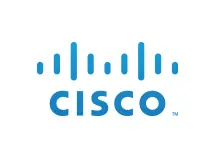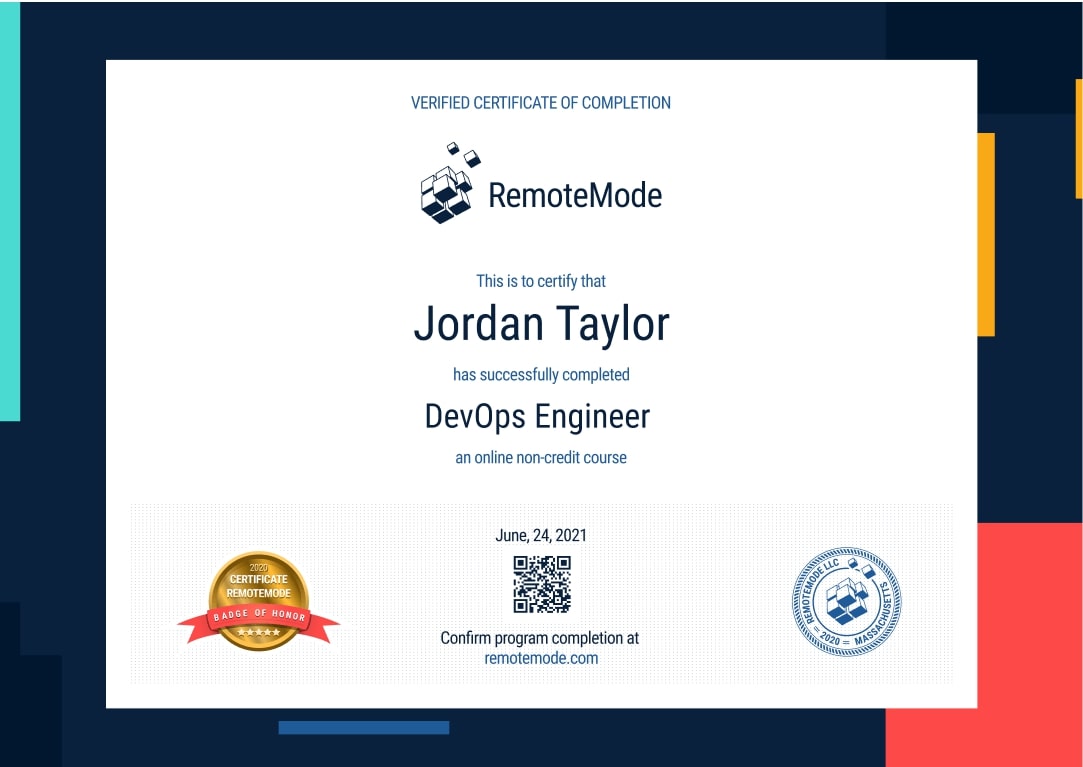Become a Python Developer
Work with and learn one of the most powerful programming languages created. Write and code applications, or analyze and visualize data.
- 7-month long course
- 291 lessons
- 6 hours a week
- 193 hours



Mission Forecast for Python Developers
Landing Zone
Python has been around since nearly the conception of programming. It has an expansive userbase and is being currently used for sections of AI and machine learning. Python is also often used to organize, analyze and visualize data. Python is one of the core languages that is learned and nearly every major tech business uses Python to some degree. Developer jobs will see one of the largest increases and the U.S. Bureau of Labor Statistics is expecting a +22% growth by 2030.
Mission Objective (Who’s Hiring Right Now)

Python Developer Overview
Python is commonly used to build web apps, analyze data, create AI and machine learning programs, automation applications, and scalable enterprise applications.
- + 7-month long course
- + 6 hours a week, go at your own pace
- + 291 on-demand lessons
- + 193 Hours of Learning Materials
- + Receive a certificate confirming your training
- + Participate in real-life Virtual Lab projects
- Develop, Implement, and launch different projects.
- Write code for different applications.
- Design your own programming tools.
- Analyze data and create helpful visuals.
- Work with a team of developers.
Prepare for Liftoff
Advanced Python Web Dev Using Flask
This part introduces learners to the creation of scalable web applications that aim to serve users of Flask through Python.
Part 1 of 9: Get Started
This serves as a preliminary discussion on the advanced programming concepts for the environment that gives learners the chance to build their own web applications. The introduction discusses the basics of Python and Flask and the building of applications through these.
This introduction eases learners into using Flask. This serves to advance the learners programming skills, may they be in the intermediate or advanced levels.
Part 2 of 9: User Registration
This lesson goes into the details of creating a comprehensive registration system through Flask with Python. This discusses the full development of the file structure and setup for the foundations of the User Registration system. This lesson details how the learner can go about creating the login system which will be composed of the login template, User Authentication, and logout script.
Part 3 of 9: Profiles
This lesson delves into the process of creating a User Profile. This will be composed of the Navbar, creation of the User Profile function, username, editing function for the form, model, views, and template.
Part 4 of 9: Passwords
This lesson teaches learners how one can create and reset forgotten passwords. The course starts with an introduction of what User Registration Emails are, a walk-through of the Confirmation Code Functionality, and finally how passwords are created and how they could be reset once forgotten.
Part 5 of 9: Images
This lesson discusses the static resource, Image. Through this chapter, the learner would be made to understand that through Flask, in the sub-directory aptly labeled "static", he or she is given the capability of creating inner directories (sub-sub directories), one such directory is Images. The lesson details the process of creating the url-map for said resource.
Part 6 of 9: Start Relationship App
This lesson discusses how learners can go about creating a Start Relationship App. The lesson discusses the model at length. The development of the Front End is detailed through step-by-step instruction alongside the necessity of working with Views.
Part 7 of 9: Testing and Sidebar
This lesson is divided into two segments: Testing and Sidebar
Testing
This segment discusses how the user can go about creating a test framework. This part introduces
learners to the Python: Discover Tests and the Visual Studio Code that offers options on how to run tests
and debug tests.Sidebar
This segment discusses the process of how one can start creating a Sidebar through the Python
environment using Flask. Here, the learner would be made to understand that the idea governing the
method of development is to avoid the replication of the sidebar code within every template. This also
does away with the use of any JavaScript with the aim of updating the sidebar.
Part 8 of 9: Form Feed and Messages
This lesson is divided into two segments: Form Feed and Messages
Feed Form
This segment introduces learners to the Form Feed. Here, the learners are made to understand that
Form Feed is a type of Python Escape Character. For the cause of making the concept clear, this segment
also details what Escape Characters are within the context of development in Python.Messages
This segment discusses the Message object found in Python. It details how it represents CAN messages
that are used for purposes like the conversion of logging formats and of course, sending and receiving of
messages.
Part 9 of 9: Comments and Friends
This lesson is divided into two segments: Comments and Friends
Comments
This segment explains how Comments are represented within Python. The learners are made to
understand that Comments do not execute and are contained in the source code.Friends
This segment explains the Friend function. The learners are made to understand that it is provided with
the same access as methods to highly sensitive information

Mission Control
- Stay focused with a mentor’s help and support
- Build a real portfolio with Virtual Lab Projects
- Compete with classmates in a virtual classroom
- Measure your progress with the Activity Tracking Log
- Make sure you get the job with resume help and interview assistance
In Collaboration with
Chart Your Trajectory (291 videos 93 hours)
Certificate of Completion
- Receive a certificate recognized by prevalent companies confirming your training
- Complete real projects in Virtual Labs
- Go at your own pace, learn your way
- Access course videos and materials 24 hours a day
- Take practical quizzes to keep you up to speed
- Classes created and mentored by industry leaders

Grow into a Python Developer
With one of the most powerful programming languages ever created, work on some next-level projects like A.I. and machine learning. Python is used in a multitude of different ways to create visual and usable data.
Program Forecast
- 7 months long, 6 hours per week
- 291 lessons in 193 hours
- Learn at your own pace
Virtual Lab
- Real Projects
- Create a working portfolio
- Receive expert feedback and mentoring
Career Services
- Interview preparation
- Resumé assistance
- Help with LinkedIn networking
Request More Information
View pricing and financing options